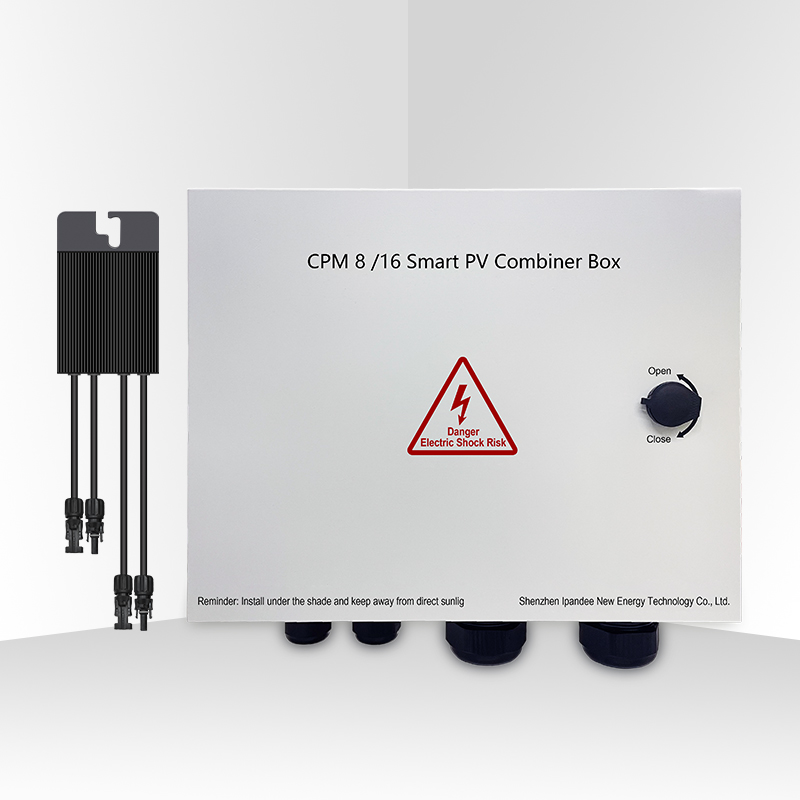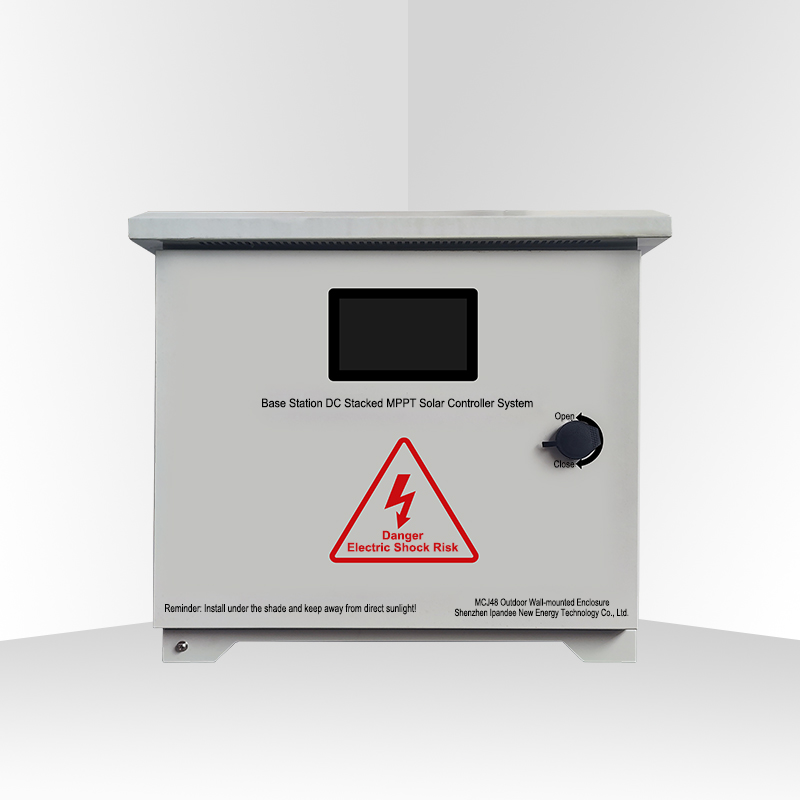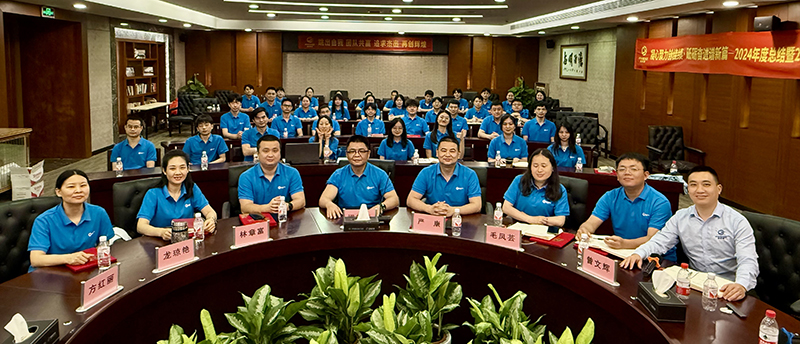As renewable energy gains momentum, the role of efficient solar power utilization becomes paramount. One technology that's transforming the solar energy landscape is the MPPT (Maximum Power Point Tracking) Solar Charge Regulator. In this technical exploration, we'll delve into the inner workings of MPPT solar charge regulators, uncovering how they enhance solar systems by optimizing energy capture and management.
The Science Behind MPPT Solar Charge Regulators
MPPT solar charge regulators employ advanced electronics and algorithms to track the maximum power point of solar panels. The maximum power point is the operating point at which the solar panel generates the most power. By continuously monitoring and adjusting the voltage and current output, MPPT regulators ensure that the solar panel operates at this optimal point, even in dynamic environmental conditions.
Optimizing Power Conversion
MPPT solar charge regulators act as efficient intermediaries between the solar panels and batteries. They convert the variable DC (direct current) output of the solar panels into a regulated DC output suitable for charging batteries. The key to their efficiency lies in their ability to adjust the output voltage and current to match the battery's requirements, ensuring that maximum energy is transferred during the charging process.
Efficiency Comparison
Comparing MPPT solar charge regulators to traditional PWM (Pulse-Width Modulation) charge controllers highlights the advantages of MPPT technology. PWM controllers regulate the voltage to the battery by intermittently connecting and disconnecting the solar panels. This approach can lead to energy loss and reduced efficiency. In contrast, MPPT regulators consistently adjust the operating point, minimizing energy loss and maximizing the overall system efficiency.
Dynamic Tracking Algorithms
The heart of MPPT technology lies in its dynamic tracking algorithms. These algorithms analyze the voltage and current characteristics of the solar panel in real time and calculate the optimal power point. This dynamic tracking ensures that the solar panel operates at peak efficiency throughout the day, adapting to changes in sunlight intensity, shading, and temperature fluctuations.
MPPT solar charge regulators represent a significant step forward in solar energy utilization. Their intricate electronics, adaptive algorithms, and real-time tracking mechanisms optimize energy capture, storage, and utilization. By intelligently managing the solar panel's output and efficiently charging batteries, MPPT solar charge regulators empower solar systems to generate and store energy more effectively than ever before.
 English
English  한국어
한국어  français
français  Deutsch
Deutsch  Español
Español  italiano
italiano  русский
русский  português
português  العربية
العربية  tiếng việt
tiếng việt  ไทย
ไทย  Polska
Polska  中文
中文







